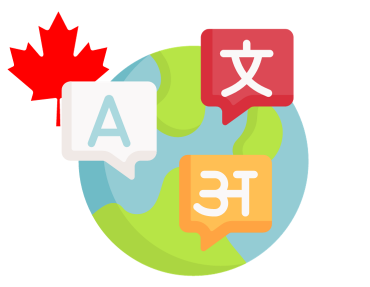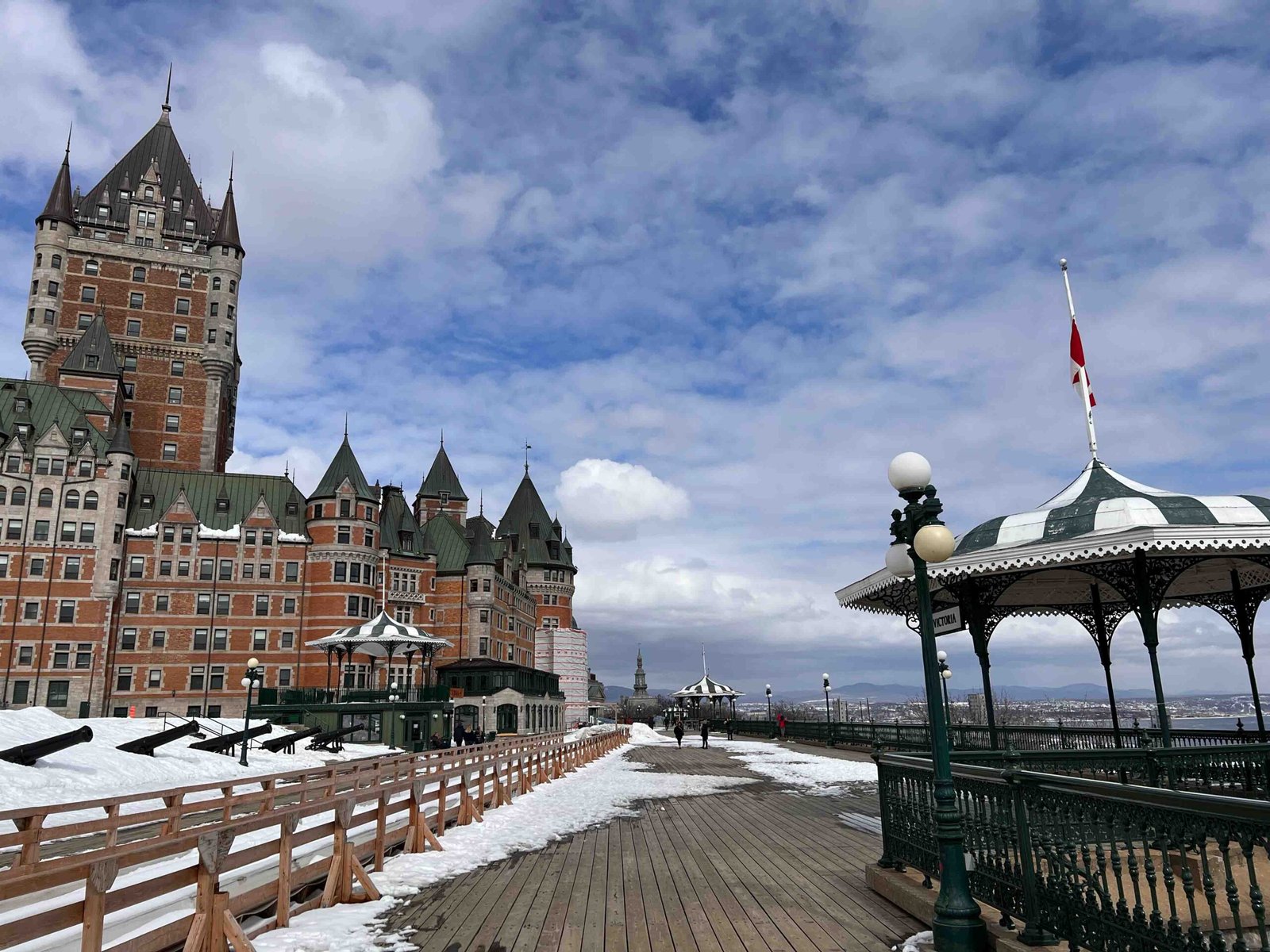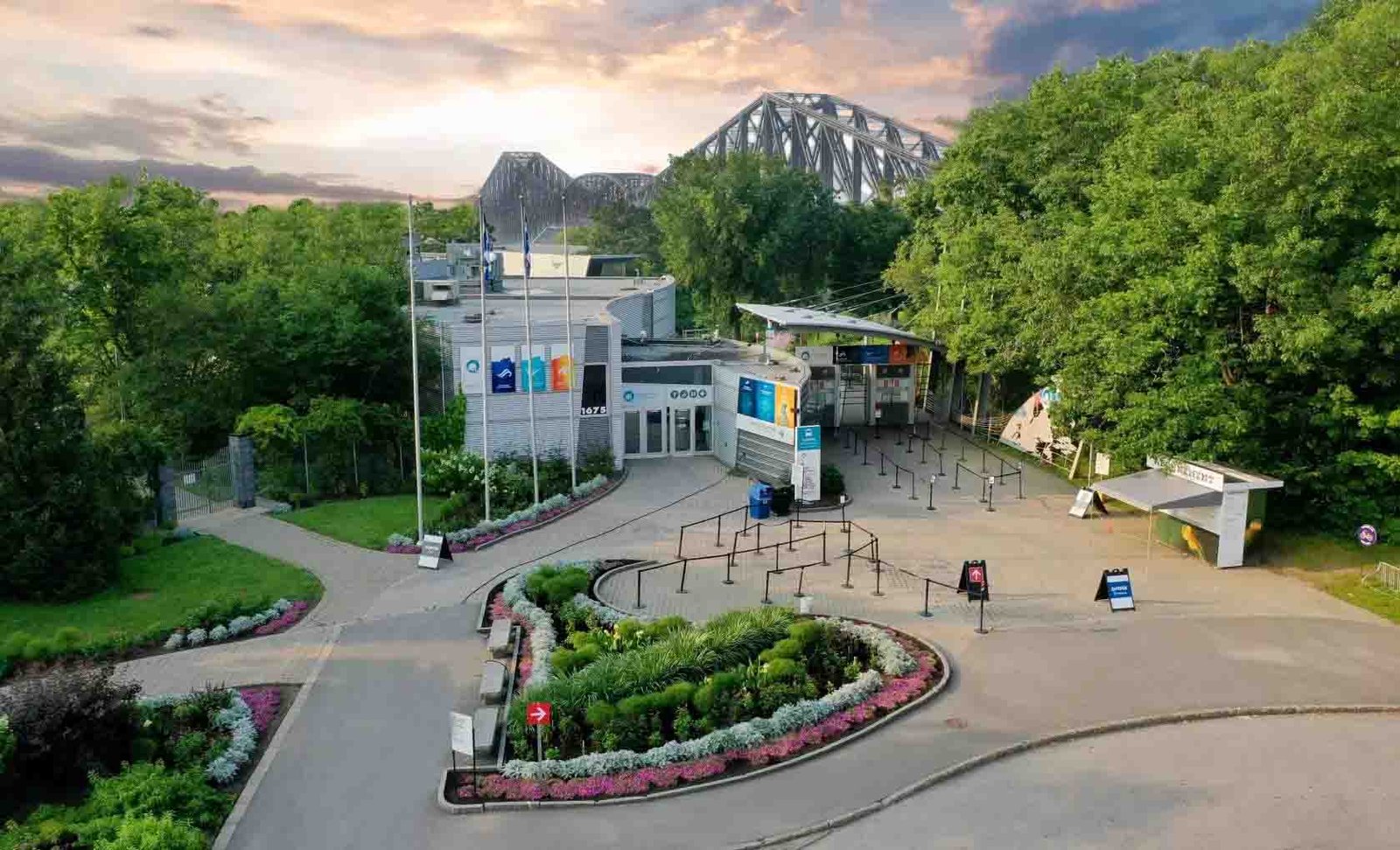Canada is a country renowned for its multiculturalism, with a rich tapestry of languages and cultures woven into its identity. From the official languages of English and French to the Indigenous languages spoken by First Nations communities, Canada’s linguistic landscape is diverse and complex. With increasing numbers of immigrants arriving in the country each year, the use of immigrant languages is also on the rise. This multilingual reality presents both opportunities and challenges for Canadians, as they navigate language policies and strive to celebrate the diversity that makes their country unique. In this article, we will explore the various languages and cultures that contribute to Canada’s identity, examining their history, preservation efforts, and ongoing significance in Canadian society.
English and French: The Official Languages of Canada
Canada is a bilingual country, with English and French as its official languages. The Official Languages Act was passed in 1969, making English and French equal in status and importance throughout the federal government. This means that all federal institutions, including Parliament, must provide services in both languages. In addition, both languages are used on Canadian currency, passports, and other official documents.
The importance of bilingualism in Canada cannot be overstated. Speaking both English and French is seen as a valuable asset in many fields, particularly in government, business, and tourism. In fact, many job postings require fluency in both languages. In some regions of Canada, such as New Brunswick and parts of Ontario, bilingualism is even required by law.
However, despite the emphasis on bilingualism, there are still challenges to overcome. Many Canadians speak only one of the official languages, and there can be tensions between English- and French-speaking communities. Some argue that the promotion of bilingualism has been too focused on English and French, leaving little room for other languages to thrive.
Overall, though, the official languages of Canada are an important part of the country’s identity and culture. They reflect Canada’s history as a former British and French colony and its commitment to diversity and inclusion. While there may be challenges to overcome, bilingualism remains an essential part of what it means to be Canadian.
Indigenous Languages: Preserving the Heritage of First Nations
Indigenous languages are an integral part of Canada’s cultural heritage. They are the languages spoken by the First Nations, Inuit and Métis peoples, who have inhabited the land for thousands of years. Unfortunately, many of these languages are endangered or have already disappeared due to colonization, residential schools, and other forms of oppression. However, there is a growing movement to preserve and revitalize Indigenous languages in Canada.
One of the ways this is being done is through language immersion programs, where children are taught in their native language. These programs are designed to not only teach the language but also the culture and traditions that go along with it. This helps to ensure that the language will be passed down from one generation to the next.
Another way Indigenous languages are being preserved is through language revitalization programs. These programs aim to revive languages that have been lost or are on the brink of extinction. They often involve working with Elders and community members who are fluent in the language to document it and develop materials for teaching it.
Despite these efforts, there are still many challenges to preserving Indigenous languages. For example, many Indigenous communities are geographically isolated and lack access to resources and technology needed for language preservation. Additionally, there is a lack of funding for language revitalization programs, which makes it difficult to sustain them over time.
Overall, preserving Indigenous languages is crucial for maintaining Canada’s cultural diversity and ensuring that these languages and the knowledge they hold are not lost forever. It is essential that we continue to support efforts to preserve and revitalize these languages so that they can continue to be spoken for generations to come.
Immigrant Languages: A Reflection of Canada’s Multicultural Society
Immigrant languages in Canada are a reflection of the country’s multicultural society. Canada is home to people from various cultural backgrounds, and this diversity is reflected in the languages spoken across the country. According to Statistics Canada, more than 200 languages are spoken in Canada, with Mandarin, Cantonese, Punjabi, Spanish, Arabic, and Tagalog being the most commonly spoken after English and French. The presence of these languages in Canada reflects the country’s long history of welcoming immigrants from all over the world.
Immigrant languages have played an essential role in shaping Canada’s identity as a diverse and inclusive nation. They provide a connection for newcomers to their cultural roots and help them maintain their heritage while adapting to life in a new country. Moreover, these languages offer an opportunity for Canadians to learn about other cultures and broaden their understanding of the world around them.
The Canadian government recognizes the importance of immigrant languages and provides support for language education programs to help immigrants maintain their heritage languages while learning English or French. These programs not only help newcomers integrate into Canadian society but also contribute to the preservation of cultural diversity.
Overall, immigrant languages are an integral part of Canada’s multicultural society. They represent a rich tapestry of cultural heritage and provide a means for newcomers to connect with their roots while adapting to life in a new country. Their presence is a testament to Canada’s commitment to diversity and inclusivity.
The Rise of Bilingualism: Learning Two Official Languages
In recent years, there has been a noticeable rise in bilingualism in Canada. Learning both English and French has become increasingly popular, especially among young Canadians. The benefits of being bilingual are numerous, including improved cognitive abilities, better job prospects, and increased cultural awareness. With English and French being the official languages of Canada, it is no surprise that many Canadians are choosing to learn both languages. In fact, according to Statistics Canada, nearly 18% of the Canadian population can speak both English and French. This number is even higher in certain regions such as Quebec and New Brunswick where bilingualism is a way of life.
The Canadian government has also been promoting bilingualism through various initiatives such as the Official Languages Act and the Roadmap for Canada’s Linguistic Duality. These initiatives aim to increase the number of bilingual Canadians by providing language training and resources. Additionally, many schools across the country offer bilingual education programs where students can learn both English and French from an early age.
The rise of bilingualism in Canada reflects the country’s commitment to its linguistic heritage and multicultural identity. Being able to communicate in both official languages not only enhances personal and professional opportunities but also promotes understanding and respect between different cultures. As Canada continues to embrace its multilingual reality, it is likely that bilingualism will continue to rise and become an even more integral part of Canadian identity.
Quebec’s Unique Linguistic Landscape: The French-Speaking Province
Quebec is a unique province in Canada, where French is the official language. French-speaking people represent a majority of the population and their culture is deeply rooted in the region. In Quebec, it is not uncommon to see signs and billboards only in French, and it is mandatory for businesses to have French as the main language of communication with customers. The Quebec government has implemented policies to protect and promote the use of French, such as the Charter of the French Language, also known as Bill 101. This law requires that all public signs, commercial advertising, and workplace communications must be in French, except for trademarked names. It also mandates that children must attend French schools unless their parents are Canadian military or diplomatic personnel or they have previously attended an English school. Despite these measures, English is still widely spoken in Quebec, especially in Montreal, where it is common to hear both languages spoken interchangeably. The linguistic landscape of Quebec reflects the complex history and cultural diversity of the province, with Indigenous languages also playing an important role. In recent years, there has been some tension between those who advocate for preserving French language and culture and those who believe in promoting bilingualism and multiculturalism. Nonetheless, Quebec’s unique linguistic landscape continues to be an integral part of its identity and a source of pride for many of its inhabitants.
Language Policies and Challenges: Navigating the Multilingual Reality
Navigating the multilingual reality of Canada is not without its challenges. One of the biggest challenges is implementing effective language policies that promote linguistic diversity while also ensuring that official languages are respected and protected. Canada’s official languages are English and French, but the country is home to over 70 indigenous languages and a multitude of immigrant languages. Language policies must be developed with sensitivity to the needs of all language communities, including First Nations, Inuit, and Métis peoples. The Canadian government has made efforts to protect and promote indigenous languages, including the passing of the Indigenous Languages Act in 2019. However, there is still much work to be done in terms of revitalizing and preserving these languages. Another challenge is ensuring that immigrants have access to language education and resources that allow them to fully participate in Canadian society. Bilingualism is also on the rise in Canada, with more Canadians than ever before speaking both English and French. However, this presents its own set of challenges, such as ensuring that bilingual services are available in all parts of the country and that individuals have equal access to opportunities regardless of their language skills. Overall, navigating the multilingual reality of Canada requires a delicate balance between promoting linguistic diversity and ensuring that official languages are respected and protected.
Celebrating Diversity: Festivals and Events That Showcase Canada’s Linguistic Mosaic
Canada’s linguistic diversity is celebrated through various festivals and events that showcase the country’s cultural mosaic. The Canadian Multiculturalism Act recognizes the importance of preserving and enhancing cultural diversity, and these festivals are a testament to this commitment. One such event is the Festival du Monde Arabe, held annually in Montreal, which celebrates the culture and heritage of Arab communities in Canada. The festival features music, dance, film screenings, and art exhibitions that showcase the rich artistic traditions of Arab countries. Similarly, the Vancouver Asian Heritage Month Society organizes events throughout May to celebrate Asian Heritage Month. These events include performances, food tastings, workshops, and cultural exhibits that highlight the contributions of Asian communities to Canadian society. Another notable event is the Toronto International Film Festival, which showcases films from around the world, including those in different languages. The festival has a dedicated section for Canadian cinema, which includes films in English, French, and Indigenous languages. The Carassauga Festival in Mississauga is another example of a multicultural festival that celebrates Canada’s diverse population. This three-day event features pavilions representing different cultures and countries, offering visitors an opportunity to experience different cuisines, music, dance performances, and cultural exhibits. These festivals not only promote cultural exchange but also contribute to social cohesion by bringing together people from different backgrounds to celebrate Canada’s linguistic mosaic.
Canada’s multilingual identity is a testament to the country’s diverse and inclusive society. From the official languages of English and French to the preservation of Indigenous languages, the rise of bilingualism, and the celebration of immigrant languages, Canada’s linguistic landscape is rich and constantly evolving. However, navigating this multilingual reality is not without its challenges, as language policies and cultural differences can create barriers to communication and understanding. As Canada continues to grow and change, it is important to reflect on the role that language plays in shaping our identities and building connections between communities. How can we continue to celebrate linguistic diversity while also addressing the challenges that come with it? This is a question that requires ongoing reflection and dialogue as we strive towards a more inclusive and connected society.






Leave a Reply